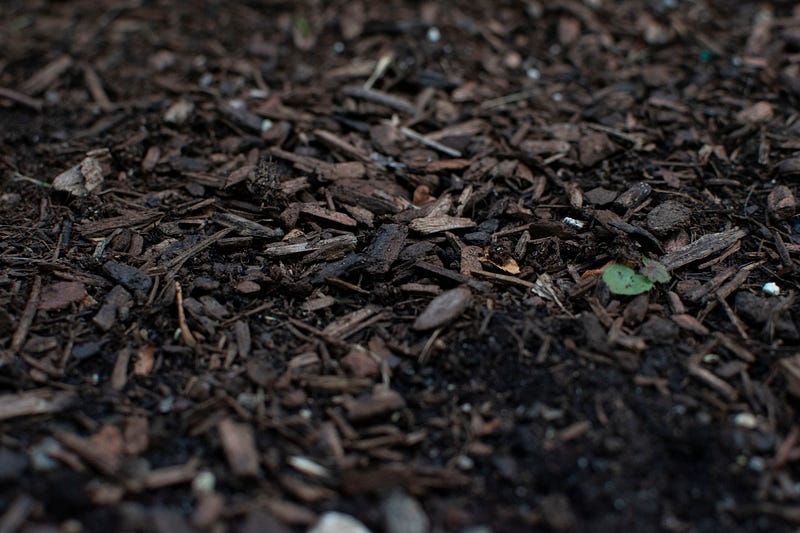The dirt on dirt: Investigating soil’s scent
Sage Kumar, Biology, 2023

Dirt. Soil. Earth. It goes by many names and often unnoticed. Lying silently, it constantly absorbs the blows of our daily routines. Despite its understated nature, dirt wields one distinct attribute that refuses to be ignored: its smell. Geosmin, an organic compound derived from farnesyl diphosphate (FPP, 2) by an enzyme that is encoded by the SCO6073 gene in the soil organism Streptomyces coelicolor is responsible for the unmistakable pre- and post-precipitation scent known as “petrichor”. Humans are undeniably sensitive to this scent, but why? Why are we able to detect this one compound at a level of five parts per trillion, putting us 200,000 times more sensitive to geosmin than sharks are to the scent of blood?
According to a series of studies conducted by faculty at the Max Planck Institute for Chemical Ecology in Jena, Germany, the answer lies within the common fruit fly, Drosophila melanogaster. One neuron type in the fly, labelled ab4B, carries the receptor Or56a, which reacts only to geosmin. This dedicated neural pathway enables the fruit fly, which subsists on a diet of rotting food, to distinguish good microbes from bad ones. This example of olfactory genetics even informs females on where to lay their eggs, suggesting the reproductive significance of avoiding geosminic areas. According to the Planck Institute studies, female Drosophila lay eggs on areas occupied by ordinary yeast while completely avoiding cultures that house Streptomyces coelicolor: a highly toxic, geosmin-producing bacterium which would otherwise kill the new larvae.
Our sensitivity to geosmin also helps us avoid dangerous drinking water, which will tend to taste “dirty,” as the compound is also produced by cyanobacteria found in poisonous algae blooms that can propagate in large reservoirs.
In the context of humans, geosmin is a contributor to the muddy taste and odor of certain kinds of farmed fish. Off-flavors (muddy or funky undertones) in farmed fish have roots in geosmin, as they can be generated by rotten remains or offensive compounds transferred from the surrounding environment. Our sensitivity to geosmin also helps us avoid dangerous drinking water, which will tend to taste “dirty,” as the compound is also produced by cyanobacteria found in poisonous algae blooms that can propagate in large reservoirs. Heightened geosmin detection has also aided in setting distillery and winery health standards to levels which keep us from consuming rogue microbes present in funky-smelling ingredients. The evolutionary advantage to being able to detect this definite, earthy scent is made clear, both by Drosophila’s encoded response to it and by the negative effects associated with it. In regards to geosmin, the nose knows best.
Nature (2007). DOI: 10.1038/nchembio.2007.29
CELL (2012). DOI: 10.1016/j.cell.2012.09.046